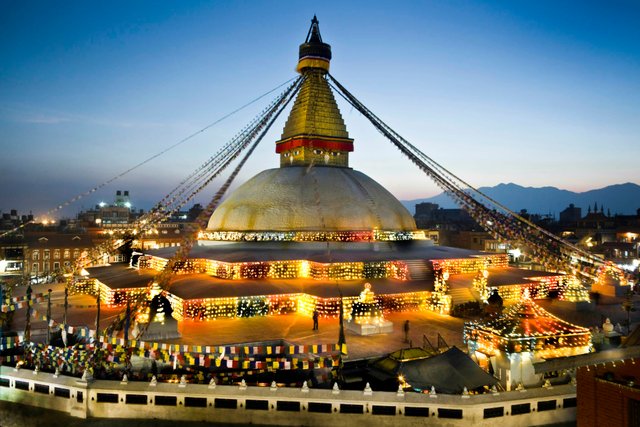Boudha Temple, also known as Boudhanath Stupa, is one of the largest and most significant Buddhist monuments in the world, located in Kathmandu, Nepal. The stupa is a UNESCO World Heritage Site and a major pilgrimage destination for Buddhists, particularly Tibetan Buddhists. Its immense white dome, crowned by a golden spire, is a symbol of enlightenment, and the eyes of the Buddha are painted on all four sides of the spire, watching over the world.
The stupa’s design is highly symbolic. The massive mandala base represents the earth, while the dome represents water. Above the dome is a square structure symbolizing fire, with 13 levels representing the path to enlightenment. The topmost part of the spire represents air and the cosmic realm.
The area surrounding Boudhanath Stupa is lively, with prayer wheels, Tibetan monasteries, and shops catering to both pilgrims and tourists. It’s a spiritual and cultural hub, where locals and visitors often walk clockwise around the stupa, a ritual known as “kora,” while chanting mantras and spinning prayer wheels.
